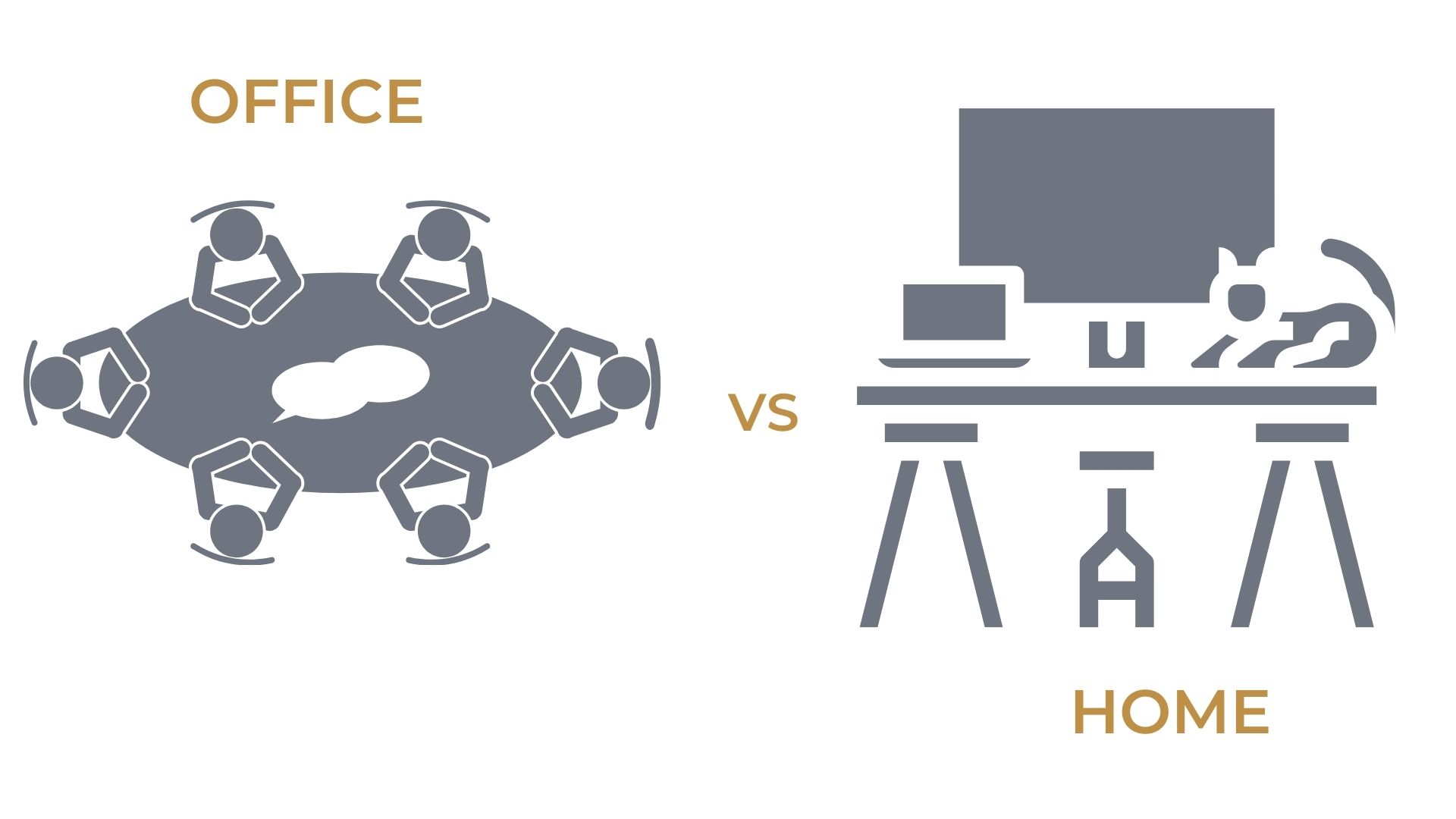Over the last few weeks, more and more RIAs have been heading back to the office workspace. For some this has meant returning to the office fulltime, for many others, the return has marked the beginning of a new hybrid work schedule. Employees are now asked to be in the office on certain days of the week and allowed to work from home on others. After conducting business solely from home over the past two years, it’s understood that it could take weeks and even months to adjust to – yet again – a new normal. While there is an obvious physical readjustment needed, such as setting up the in-office workspace to ensure as much productivity as possible, the mental change of returning to a shared workspace is even more significant. In talking with operations professionals during this transition period, many have expressed feelings of anxiety and even depression over their perceived lack of productivity during in-office days (which is rather ironic when you think back to March 2020 when most business fretted about the lack of productivity for at-home workers). It is becoming increasingly apparent that we need to redefine what ‘productive’ means. Whether we are working from home or if we find ourselves in the office on a given day, the definition of productive needs to adapt accordingly.
When the country first entered lockdown, and employees were sent home scrambling, many thought that working remotely would be a temporary and wholly unplanned experiment. Employees initially set up their laptops at their kitchen counters or on their coffee tables and enjoyed the ability to wear sweatpants while they sat on the floor or couch throughout the workday. As the pandemic dragged on, however, the home office took shape with specific needs like dual and triple-monitor setups sitting atop standing desks, ring lights for proper Zoom lighting, and the oh-so-necessary room divider to hide the mess your kids promised to pick up, but never did. With the elimination of morning commutes and in-office distractions (think birthday celebrations and visits from your friendly neighborhood time-thief), employees who initially thought, “I can’t work from home!” slowly realized that they were in fact far more productive in their comfy home office. For parents, this realization didn’t occur until the kids returned to school and they were freed from juggling their ‘day jobs’ and the added responsibility of ‘homeschool teacher’ thrown into the mix.
The downside to this hyper-productivity is an unexpected complication for work-life balance. Employees are going outside less and less while working longer and longer hours. An employee who may have historically left the office at 4:30pm to get home and start meal preparations for dinner at 6pm, in a work-from-home environment, could simply remain at their desk until 5:40pm to accomplish the same. Additionally, with their desk just a few feet away, many employees fell into the habit of putting in a few more hours after dinner as well. And when various extracurricular activities were shut down, employees also began sitting down at their desks on the weekends to ‘get ahead’ for the coming week. While the work pendulum may have ultimately swung too far, it no doubt left employees with a satisfied feeling of accomplishment and productivity.
Now, as commute times to the office and open floorplans have come back into play, many employees are feeling off balance as they realize just how much their ‘office muscle’ has atrophied. While employees used to feel energized by the hustle and bustle and overall buzz of the office environment, they are now finding it distracting and disorienting compared to their relatively quiet home office. Where at home they could kick off their morning with a relatively long To-Do list and crank through task after task until signing off just before bed, employees are now leaving the office in the early evening feeling unaccomplished. “While it was fun catching up with everyone today, my To-Do List is longer than it was yesterday!” they lament to themselves as they sit in traffic at the end of the workday. This sense of misused time and lack of accomplishment is foreign to many and has been quite off-putting in the weeks since the office space has opened back up.
We now need to segment our days into ‘task-oriented days’ and ‘relationship-oriented days.’ Instead of simply starting each morning with a list of tasks to accomplish, each employee should think more broadly and ask themselves, “What is the intention of this day?” If it is an in-office day, the intention should be collaboration. Spend time with co-workers, to get everyone on the same page with new projects, and to ensure that each team member has a clear understanding of their roles, responsibilities, and priorities in their assigned tasks. If an employee is working from home, the intention of that day should be to grind through as many tasks as possible, which were properly assigned during the last in-office day. Employees are setting themselves up for failure if they improperly judge an in-office day based on the number of tasks they crossed off their list, or if they judge an at-home day by the amount of collaboration they accomplished. These different forms of productivity are equally valid and keeping them in their respective settings will provide the most value and sense of accomplishment.
It took several months to find our at-home groove and ultimately feel productive – we must remind ourselves of that fact as we begin to adjust to in-office and/or hybrid work. Beyond the adjustment period, it will be crucial to define our intentions for days we are working from home versus those worked in the office. The goals of each day should be different and reflect the intentions defined. Consequently, our definition of ‘productive’ must adapt. So, if we play to the right strength of the day, and we’ll knock it out of the park each time!

